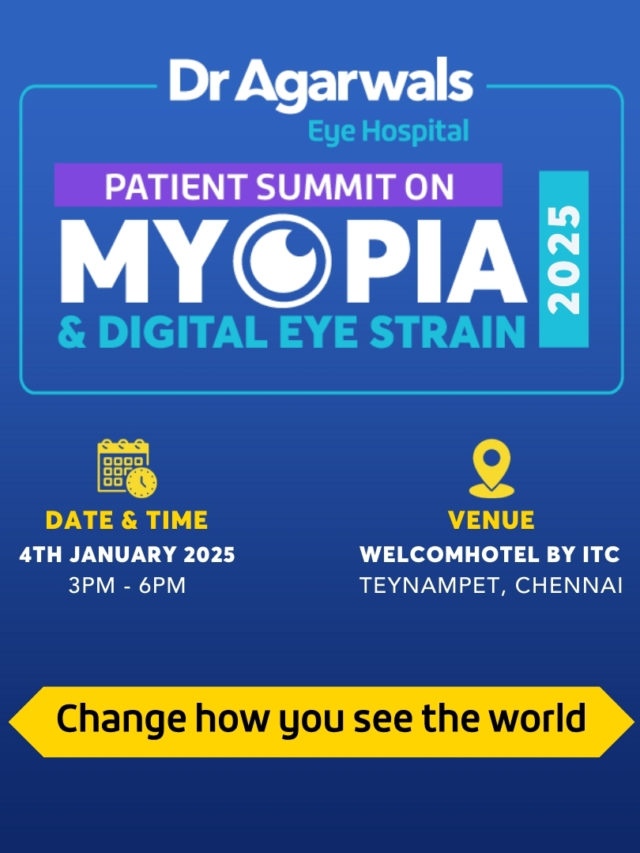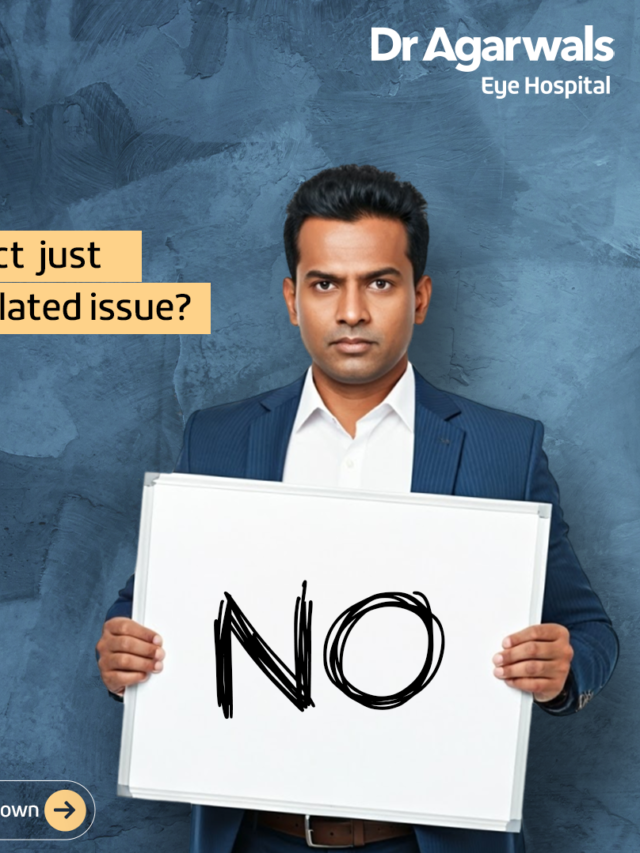Key Takeaways
- Monsoon season brings increased risk of eye-related infections such as conjunctivitis, styes, keratitis, and blepharitis. Humidity reduces the body’s defenses against infection.
- Humidity, contact with contaminated water, poor hygienic practices, contact with allergens in the air, inappropriate use of contact lenses, and sharing in common with infected people can all cause infection when it is wet.
- To prevent eye infection, practice good hygiene including sanitizing hands often and maintaining the dryness of the eyes, and utilize only clean water when washing or cleaning the eyes.
- Wearing protective eyewear, using proper contact lens practices, and refraining from sharing personal items with anyone can all aid in reducing the risk of infection.
- If you are experience symptoms that suggest infection such as itching, redness, pain, discharge, and blurred vision, seek medical attention as these include symptoms of serious eye diseases and it’s important to treat any illness quickly.
The monsoon season, with its soothing showers and cooler temperatures, is a welcome respite after a hot summer. However, this season presents an increased risk of different illnesses, particularly those affecting the eyes. Eye infections are prevalent during the monsoon season because the increased humidity creates an ideal habitat for bacteria and viruses to thrive. To protect your eyes and preserve good eye health, you must first understand the causes of eye infections during the monsoon season and then follow some important prevention techniques.
Types of Eye Infections Common During Monsoon
1. Conjunctivitis
Conjunctivitis, often known as pink eye, is an inflammation of the conjunctiva, a thin membrane that covers the white of the eye and the inner surface of the eyelids. It can be caused by bacteria, viruses, or allergies and is extremely contagious.
2. Stye
A stye is a painful, red bump on the border of the eyelid that is caused by a bacterial infection of the oil gland. It can cause swelling and discomfort and is frequently triggered by inadequate hygiene.
3. Keratitis
Keratitis is an inflammation of the cornea, the transparent front surface of the eye. It can be caused by bacterial, viral, or fungal infections and can result in significant pain, redness, and visual issues if not treated quickly.
4. Blepharitis
Blepharitis is an inflammation of the eyelids that is commonly related with bacterial infections, dandruff, or allergies. It may cause itching, redness, and crusting at the base of the eyelashes.
Causes of Eye Infections During Monsoon
1. Increased Humidity
The high humidity levels during the monsoon season can cause extra moisture in the air, promoting the growth of bacteria and viruses. This environment is suitable for the growth of infectious organisms capable of causing eye infections.
2. Contaminated Water
Rainwater is frequently mixed with pollutants and toxins, creating a breeding habitat for hazardous bacteria. Splashing raindrops or coming into contact with contaminated water might raise the risk of eye infection.
3. Poor Hygiene
Touching your eyes with unwashed hands, particularly after being outside, can introduce bacteria and viruses into your eyes. Poor cleanliness habits can greatly contribute to the spread of eye infections.
4. Airborne Allergens
The monsoon season can bring forth a variety of allergies, including pollen, mold, and dust. These allergens can cause irritation and result in disorders such as conjunctivitis, sometimes known as pink eye.
5. Contact Lens Use
Wearing contact lenses during the monsoon season necessitates more vigilance. Improper handling or prolonged use of contact lenses might raise the risk of eye infections owing to bacterial buildup on the lenses.
6. Shared Personal Items
Sharing personal goods like towels, handkerchiefs, and makeup can transmit illnesses from one person to another. These objects may house bacteria and viruses that cause eye infections.
Tips to Avoid Eye Infections During Monsoon
1. Maintain Good Hygiene
Wash your hands often with soap and water, especially before contacting your eyes. Avoid rubbing your eyes since it might spread bacteria and viruses from your hands to your eyes.
2. Keep Eyes Dry
If your eyes become wet from rain, gently dry them with a clean, soft towel. To prevent the spread of illnesses, avoid using a towel or handkerchief that has been used previously.
3. Use Clean Water
Avoid pouring raindrops on your face or using contaminated water. Wash your face and eyes with clean, boiling, or filtered water.
4. Protective Eyewear
Wear sunglasses or protective eyewear when going outside in the rain to protect your eyes from precipitation and other pollutants.
5. Proper Contact Lens Care
If you wear contact lenses, be sure you follow correct hygiene procedures. Clean your lenses with a specified solution, don’t wear them for too long, and never rinse them with tap water.
6. Avoid Sharing Personal Items
Do not share towels, handkerchiefs, makeup, or any other personal items that come into contact with your eyes. This can prevent the transfer of infectious agents from one person to another.
7. Stay Indoors During Heavy Rains
During heavy rains, try to stay indoors to avoid exposure to contaminated water and airborne allergens that can lead to eye infections.
8. Use Eye Drops
Over-the-counter lubricating eye drops can help keep your eyes moist and wash away allergens and pollutants. However, avoid using medicated eye drops without consulting a healthcare professional.
9. Diet and Hydration
Maintain a healthy diet rich in vitamins and antioxidants to support your immune system. Staying hydrated can also help flush out toxins from your body, reducing the risk of infections.
10. Seek Medical Attention
If you have any symptoms or signs of any eye infection, such as itching, redness, pain, discharge, or blurred vision, get medical attention straight once. Early detection and treatment can reduce problems and speed up recovery.
Monsoon season is amazing, but it requires special care to protect your health, including your eyes. Understanding the causes of eye infections during the monsoon season and following these preventive recommendations will allow you to enjoy the rains without risking your vision. Remember that excellent hygiene, protecting your eyes from pollutants, and seeking immediate medical assistance when necessary are essential for avoiding eye infections and sustaining clear, healthy vision throughout the monsoon season.









